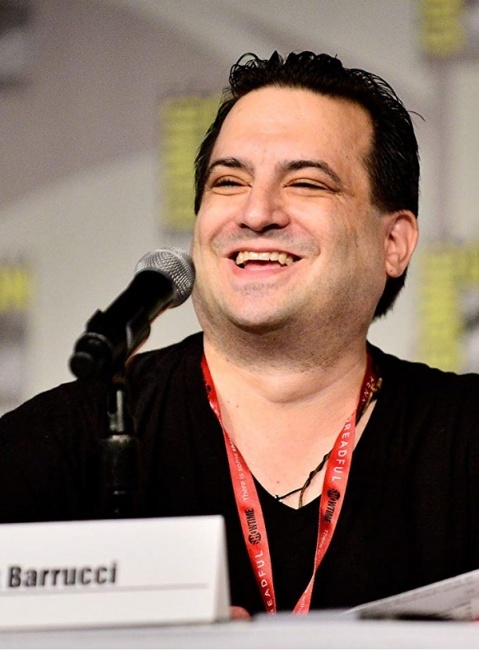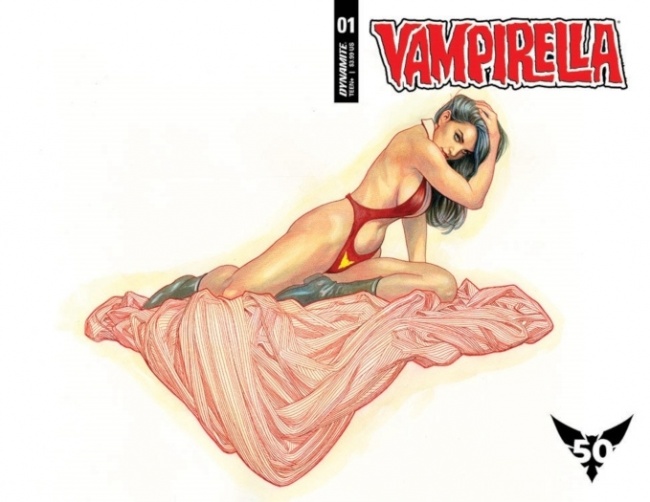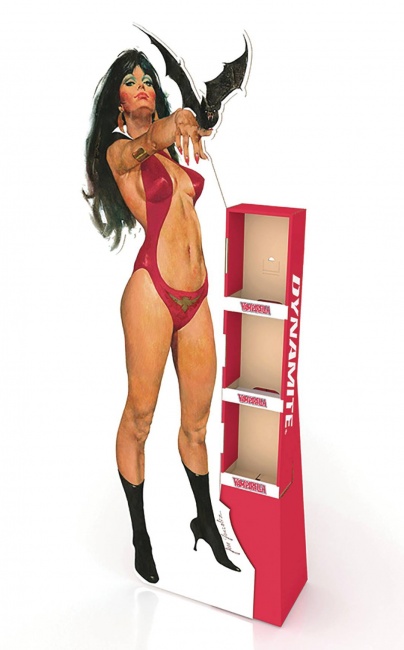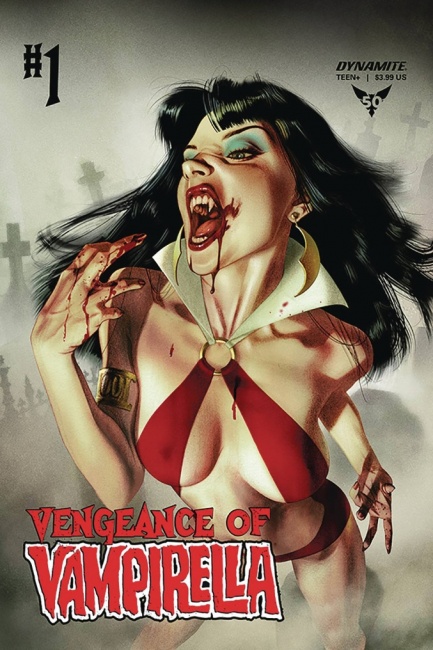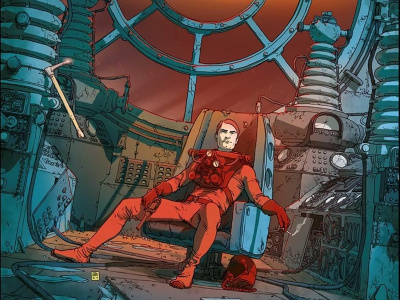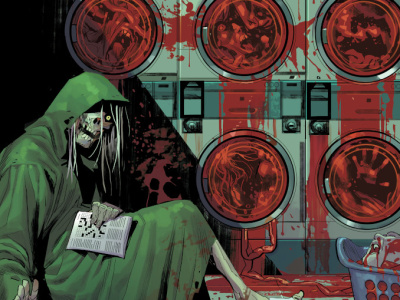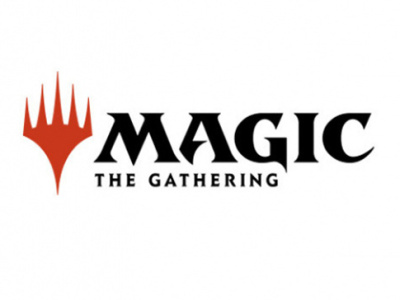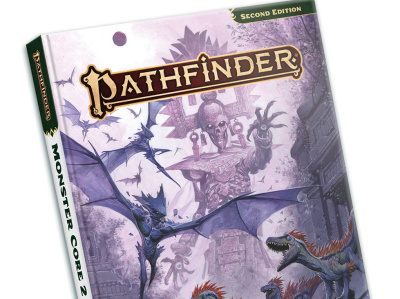We recently sat down with Dynamite Entertainment CEO Nick Barrucci to talk about the market and Dynamite’s place in it. In Part 1 of this two-part interview, we discuss his views on the overall market, Dynamite’s evolving periodical strategy, and recent sales trends. In Part 2, we talked about The Boys TV show and graphic novel sales, plans for 2020, and his view of variants.
ICv2: Let’s start off with the big picture: what's your perspective on how the comics and graphic novel market is doing right now?
Nick Barrucci: From our point of view and looking at some of the other publishers, the market is getting more solid. I think that people are a little bit more bullish about it; consumers are getting a little bit more excited.
You have the successes that Marvel and DC have had this year. Marvel has done a wonderful job bringing Jonathan Hickman back to the X‑Men, relaunching it. If you look at the spin‑out series that are coming out, Ben Percy on Wolverine with Adam Kubert, it's fantastic. They're coming in with their A‑game. It's great to see House of X and Powers of X sell out consistently. If you look at Immortal Hulk over the last year, the way it kept going up in sales on a regular basis. I think, at some points, it was a top five book.
Year of the Villain for one, the Black Label series continues strongly with the new Harley series by Stjepan Šejić, continuing a great team of Scott Snyder and Greg Capullo with Batman, Last Knight on Earth, Doomsday Clock, and so much more...
Image has done a great job of being able to pivot, working with lots of creators, mixing in the genres, mixing in the talent. We will all see a little bit of a ding with The Walking Dead ending. That is always sad to see but it's always great to know that a talent, when he's done telling the stories he wants to tell, is willing to say, "I gave you my best." It'll always live on in the collections.
Even some of the success that BOOM! has been having. They've had quite a few books that have gone into multiple printings; that, to me, is great. I think a lot of the non‑Marvel, non‑DC, non‑Image publishers are doing better.
We've had success that even I can't believe. When we got the numbers for Vampirella #1, I could not believe what they were at after FOC. We had solid numbers going into FOC, but after FOC, it was incredible. Selling 150,000 copies is just surreal. It's our best‑selling book of all time at full price. It's the best‑selling Vampirella book of all time at full price.
I think a lot of factors went into that: the 50th anniversary; we created a replica; we went back to press on the archives of the magazines.
We created a standee, which everyone in the office hated me for. Not because of the standee (the standee is beautiful), but because they cost us $20 each to make and we sold them for $10 each. We give the retailers five free variants of Vampirella #1 by José Gonzalez as a sweetener. The hope was, obviously, they would buy more Vampirella #1s, they would put it in the slots. But even if they didn't buy too many Vampirella #1s, or if they sold out, that standee being in their store was fantastic for us. We made the first issue fully returnable. So far, we've had less than a percent and a half in returns from Diamond.
One other sweetener that we did was have it released on the 50th anniversary. It happened to be the first day of San Diego. By releasing it on that day, instead of releasing it a few weeks earlier, a lot of artists decided to do their own variants to sell at the show. Obviously, a lot of creators and a lot of stores did their own variants outside the show.
Our sales through Diamond were incredible, 90,000 copies. The other 60,000 went to accounts that didn't have a Diamond account: artists or elsewhere. We had no big‑box sale. I can't even think of any exclusive that exceeded 2,000 copies, so 60,000 copies outside of Diamond was great.
I think we were very fortunate to get someone of Christopher Priest's caliber. Ergun [Gunduz] complements those scripts so well.
What's really rewarding is to see that it's not something that was in isolation. When we released Vengeance of Vampirella, we had some of the same success of creators who wanted their own variant covers for New York Comic Con, retailers who wanted their own covers for New York Comic Con. We also made it returnable. We broke through 63,000 copies. Tom Sniegoski coming back. We have a wonderful artist, Michael Sta. Maria, who we discovered.
It was the 25th anniversary of the title, which made it really confusing for the branding, since we had to make a choice. Do we continue to promote the 50th anniversary or do we put a 25th‑anniversary logo? The answer seemed to be obvious ‑‑ do the 50th‑anniversary logo.
That leads into our second question, which was, how is Dynamite doing in the current market? You talked a little bit about your periodical sales. What about graphic novels or book sales?
I will get to that in a second. There's one other thing I will mention. We've actually trimmed our line down from 27 to 32 titles a month, and we're only doing 11 or 12 now and our sales are up. Some of our titles such as Red Sonja, it's incremental, but sales are going up every month, which is rewarding.
Which doesn't happen.
It rarely happens.
You mentioned Immortal Hulk. That's notable because it's so exceptional.
Exactly, and now, Powers of X and House of X, those were the other two exceptions where the books continue to sell out. It's nice to see a solid writer like Mark Russell who's got critical acclaim, who's bringing more sales to the series. It is nice to see that we're able to generate the same revenue with less titles. It's always scary to do that because we're used to more is more.
I think Joe Quesada always used to say it best, "Sometimes, you need to take a title and put it on the shelf for a while, so that when you bring it back, people care more about it." We're doing more of that right now, and it's working.
Put it on the shelf for a while? What do you mean?
Stop publishing. I think he said, "It's radioactive." The way he used to say it was, "A title's radioactive and you need to stop publishing it for it to cool down and then, bring a new creative team."
Then what about the book side?
The book side is really good. Now we have a more diverse publishing library than most publishers.
I think Dark Horse has a very diverse publishing library. Their relationship with Neil Gaiman is just fantastic. They carry his whole line. I don't think it's everything but pretty much the majority of his creator‑owned work, with Colleen Doran and P. Craig Russell.
They took Halo. When Marvel let go of it, Dark Horse was quick to pick it up. They've done a really good job of keeping those collections in print. Gerard [Way] with The Umbrella Academy just generates revenue for the industry, which is great for them, great for the industry.
For us, we have everything from our collections of Vampirella and Red Sonja, Battlestar Galactica, Xena, the whole line. We absolutely try and capitalize by having diverse (I don't want to say the word categories but I don't want to say the word product, that always sounds cheap) reprints, I guess, is the best way to say it. I can't think of a better way of saying it, where we collect the archives in a certain format. We collect the new material in a certain format. We evaluate when to do omnibuses. There are times that we make sure we sell out of collections to go into omnibuses, give the omnibuses a run. Then, we'll go back to the collections with new covers. Obviously, this is over a six‑year period, it's not overnight.
Then some of our publishing like Brandon Sanderson's White Sand, that's a book that sells outside the comics market 20 to 1. If we have a print run of 20,000‑plus hardcovers, original graphic novels, we'll sell a nice thousand copies in the direct market but the other 19,000 sell outside the direct market. Usually, we've had sell‑outs within a few months. The first volume, which caught us by surprise, we printed 17,000 units, and sold out in four days.
Is the book channel share of your business growing?
The book channel and the library channel is growing but so are our direct market sales, with very few exceptions. The publisher that had most of the exceptions was Vertigo, where a title might sell 12,000 copies, like 100 Bullets (I'm picking arbitrary numbers, I don't remember exactly), then the trade would come out and sell 15,000 copies.
Outside of those select books, where the consumer wanted the collection from those creators, there is pretty much a direct correlation both in the direct market and in the bookstore of the success of a title. The books that that do best on Amazon, Barnes & Noble and Books‑A‑Million are the ones that do best in the direct market.
Share isn't changing, in other words, channel versus channel, they're both growing at equal rates?
Barely, yeah.
Click here for Part 2.
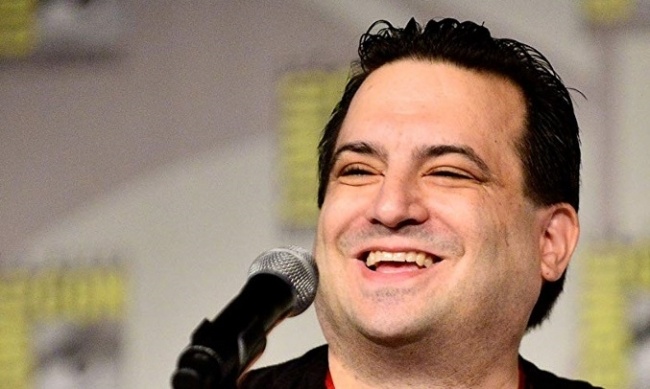
On the Overall Market and Dynamite’s Periodical Sales
Posted by Milton Griepp on November 1, 2019 @ 8:37 am CT
MORE COMICS
Italian Original Raised Over $36,000 on Indiegogo
August 20, 2025
The Italian crowdfunding campaign for the first edition raised over $36,000 from 953 backers on Indiegogo.
From Image Comics
August 20, 2025
Check out the preview for Creepshow Vol. 4 #1, coming in September from Image Comics.
MORE NEWS
Constructed Formats are in a Lull, Time to Brew Up Better In-Store Events
August 20, 2025
Constructed formats are losing their luster, time to try a Halloween Cube.
Expands on First Core Bestiary Rulebook; Adds Eight New Dragons
August 20, 2025
Paizo, Inc. will release Pathfinder Monster Core 2 , for Pathfinder 2E RPG , into retail.



